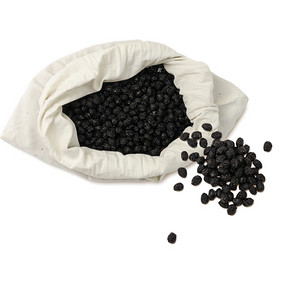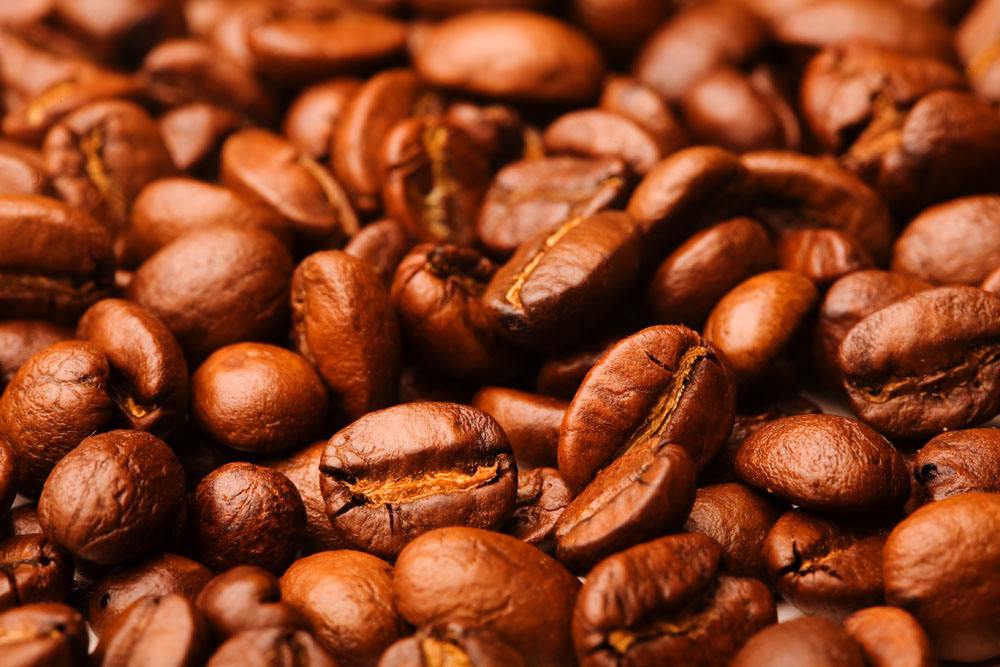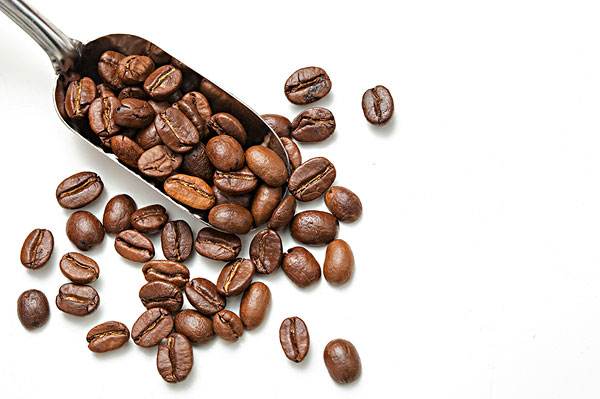How about Arabica coffee?
Follow the caf é (Wechat official account vdailycom) and found that Beautiful Cafe opened a small shop of its own.
Arabica can become the "aristocrat" of coffee beans and enjoy the highest honor as the most precious variety, depending on the high standards of its plant's growing environment. Arabica coffee is generally thought to originate from the Ethiopian plateau and is widely distributed in the tropics, mainly in Kenya and Ethiopia in Africa, outside Argentina and Brazil in South America, Laos and India in Central America and Asia. Its planting area is the broadest but the planting conditions are very stringent compared with the Robusta species. Arabica needs slopes with an altitude of 900 to 2000 meters, suitable growth temperature of 15Mel 24 ℃, greater humidity, annual rainfall of not less than 1500 milliliters, fertile soil, proper sunshine and shade conditions, slow growth pace and poor ability to resist diseases and insect pests, and is vulnerable to frost and drought. So an Arabica coffee tree produces about 500 grams of raw coffee beans a year, but the caffeine content is about 1% of its weight and the quality is very high.

In recent years, as the market pays more and more attention to high-quality coffee, coffee producing and consuming countries continue to introduce new quality evaluation standards. Many countries, especially those developing countries that have earned foreign exchange from coffee since the 17th century, in order to ensure the annual yield, reduce the risk, mutate and breed Arabica species, and increase the planting of hybrids, in order to enhance economic strength. As a result, many new varieties have emerged, such as Bourbon in Madagascar, Kaddura in Brazil and Kent in Indonesia.
The improved varieties shorten the harvest time, have high disease resistance, and the granules of coffee beans are large and full, but ignore the problem of improving taste quality. Therefore, although the disease resistance and yield of the new varieties are better than the original ones, the unique rich flavor of the traditional varieties is irreplaceable.
In the past, many international coffee brands would buy coffee beans from Brazil, because Brazil is the country with the largest number of Arabica coffee beans, but with the progress of technology, Brazil has also become the country with the largest number of improved Arabica varieties in the world. In addition, it is also the second largest producer of Robusta species, so many cafes have begun to aim at Asia and Africa in order to ensure the original flavor of Arabica species. Black Knight's R & D team walked through the Great Rift Valley of East Africa, climbed the Andes and finally locked in the volcanic areas along the coast of Southeast Asia, and spent a lot of money on introducing millions of precision measuring instruments to independently test the top coffee bean varieties in the world. accurately grasp the characteristics of coffee, in order to select the most suitable for the taste of coffee varieties. After months of debugging, it is found that the coffee produced by Arabica coffee beans on Mount Boloven is very suitable for Easterners, with less Western sweetness and more full-bodied original flavor.
Important Notice :
前街咖啡 FrontStreet Coffee has moved to new addredd:
FrontStreet Coffee Address: 315,Donghua East Road,GuangZhou
Tel:020 38364473
- Prev

What are the Arabica coffee beans?
Following Jiabei (official Wechat account vdailycom) found that it has always been complicated for Beautiful Cafe to open a small shop of its own to genetically classify coffee. As far as the coffee varieties on the market are concerned, the most superficial classification is of course divided into Arabica and Robusta (hereinafter referred to as radish beans). About the difference between Arabica and turnip beans. Today, we are mainly
- Next

Arabica Coffee Bean Classification
Pay close attention to the coffee review (Weixin Official Accounts vdailycom ) and find that the beautiful coffee shop opens its own small shop Arabica beans are an important kind of commercial coffee. The result period is within three years, with high-quality aroma and sour taste. Arabica coffee beans are mainly produced in South America (except parts of Argentina and Brazil), Central America, Africa (Kenya, Ethiopia, etc.), mainly in the East
Related
- Detailed explanation of Jadeite planting Land in Panamanian Jadeite Manor introduction to the grading system of Jadeite competitive bidding, Red bid, Green bid and Rose Summer
- Story of Coffee planting in Brenka region of Costa Rica Stonehenge Manor anaerobic heavy honey treatment of flavor mouth
- What's on the barrel of Blue Mountain Coffee beans?
- Can American coffee also pull flowers? How to use hot American style to pull out a good-looking pattern?
- Can you make a cold extract with coffee beans? What is the right proportion for cold-extracted coffee formula?
- Indonesian PWN Gold Mandrine Coffee Origin Features Flavor How to Chong? Mandolin coffee is American.
- A brief introduction to the flavor characteristics of Brazilian yellow bourbon coffee beans
- What is the effect of different water quality on the flavor of cold-extracted coffee? What kind of water is best for brewing coffee?
- Why do you think of Rose Summer whenever you mention Panamanian coffee?
- Introduction to the characteristics of authentic blue mountain coffee bean producing areas? What is the CIB Coffee Authority in Jamaica?

